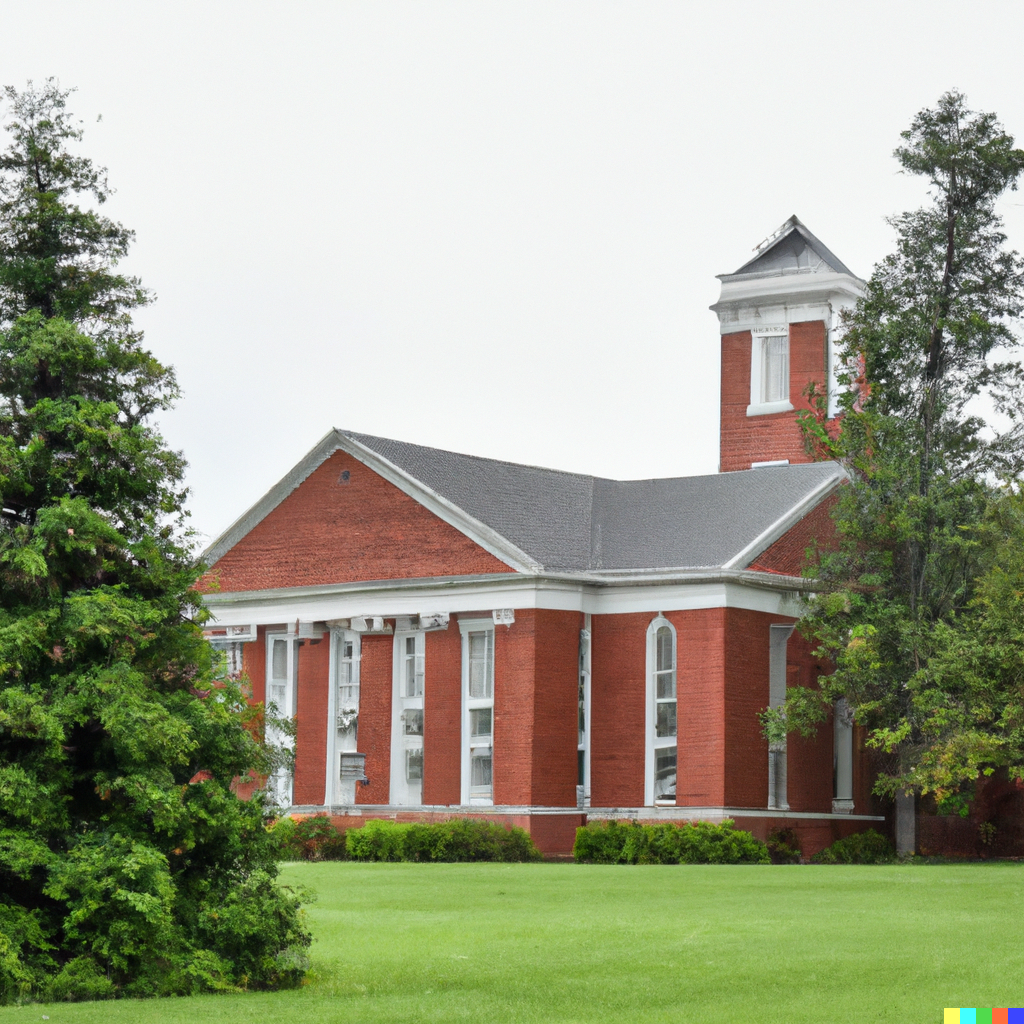Small rural private liberal arts colleges are on a collision course with a mass extinction event– rising costs, declining enrollment, and a coming demographic winter—Government loans and bailouts are exactly what not to do.
The Department of Agriculture (USDA) has been loaning tens of millions of dollars to rural colleges and universities, some of which couldn’t get financing from conventional lenders or fell under intense financial scrutiny from the Education Department thanks to their precarious budgets. (WashingtonPost)
Fifteen of the 20 most rural states cut their funding for public universities and colleges in the 10 years after the recession that began in 2008, according to the Center on Budget and Policy Priorities. Institutions in some of those states have, in turn, eliminated a huge number of majors, merged or closed.
The USDA has stepped in to staunch this flow with low-interest direct loans to colleges and universities in rural areas with populations of 20,000 or fewer and loan guarantees to those in rural areas with populations of up to 50,000.
The decline of rural higher education is certainly a pressing issue and is a big “equity” challenge in the United States. The Federal Reserve has found that fewer people in rural areas have bachelor’s degrees, at only 21 percent, compared to 35 percent of those in urban places. This disparity has nearly tripled since 1970. As a result, household earnings are 20 to 25 percent lower in rural places than in urban ones. In addition, rural Americans with a bachelor’s degree earn 44 percent more, on average, than those with only a high school diploma. The government claim is that without many private colleges being propped up by the USDA in what would otherwise be higher education “deserts,” 13 million Americans would live in areas where the nearest university is beyond a reasonable commute away.
The government’s response is Keynesian. It is inserting itself into these communities citing the stress and strain on the local economy if a college should fail.
Yet the dam has broken. 35 colleges closed in 2021, and 48 more in 2022. And there are hundreds more on the brink.
“Beyond the educational prospects, these institutions support small businesses who depend on the student and faculty population, and they make their communities a more attractive place to live,”
Agriculture Secretary Tom Vilsack,and former governor of Iowa
It is risking taxpayer money to delay the seemingly inevitable closings of many of these institutions. It should not be the government’s call. This should be left to supply and demand where the superior product triumphs.
What is clearly needed is creative destruction. Policymakers should do more to enable creative partnerships, mergers, and acquisitions (noting that the latter two are very hard to do in the non-profit sector). However, many of these colleges simply need to be left to fail. The ones that do survive are going to be the ones that identify unique selling points to make them stand out.
While these findings highlight a need for greater investment in higher education infrastructure in rural areas, there are 100s of small rural colleges on the brink and for the sake of the treasury, and for the pursuit of excellence, they need to be let to fail.

